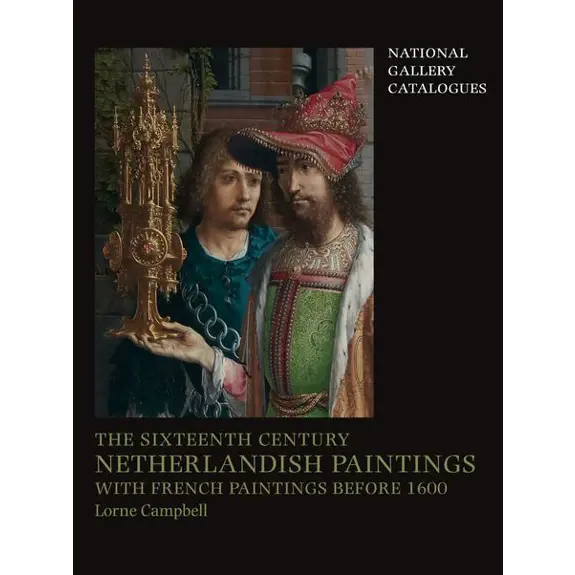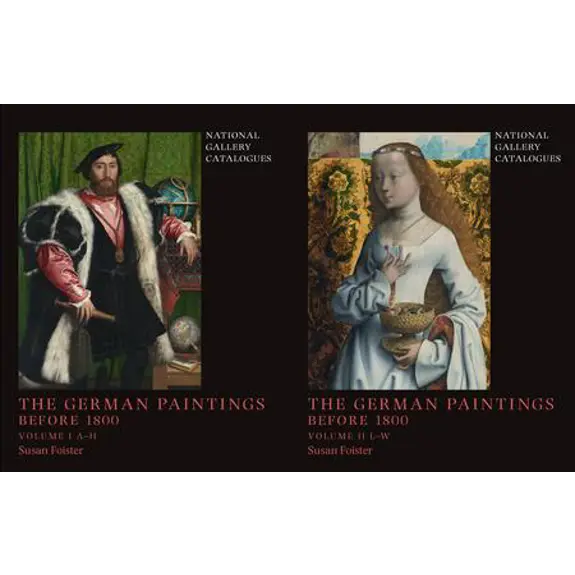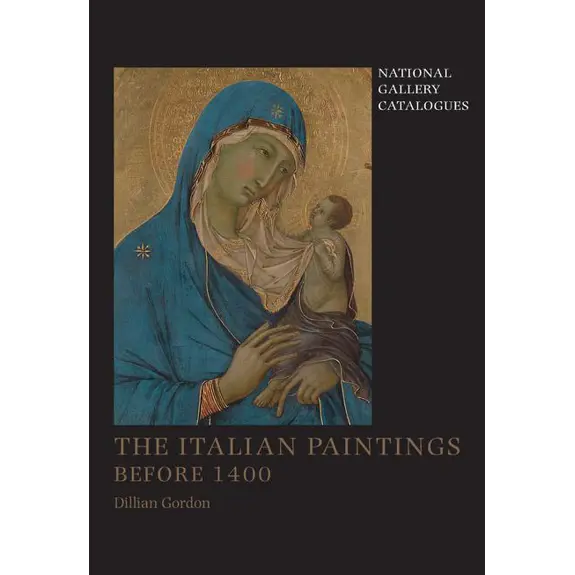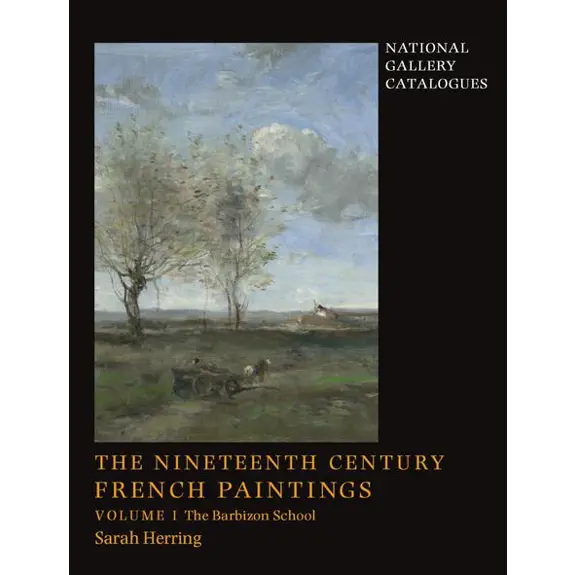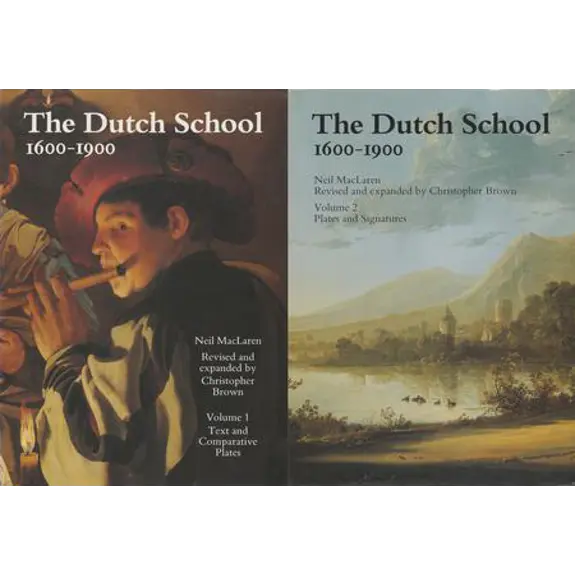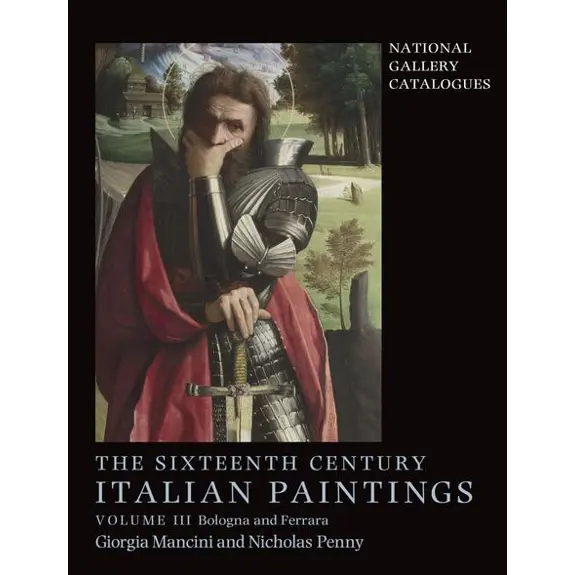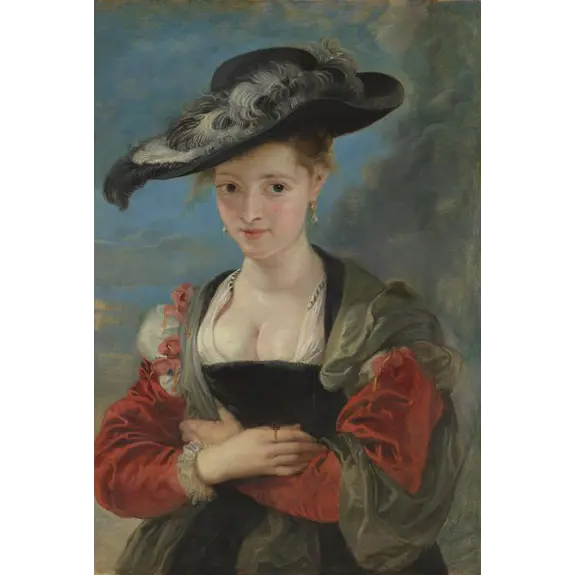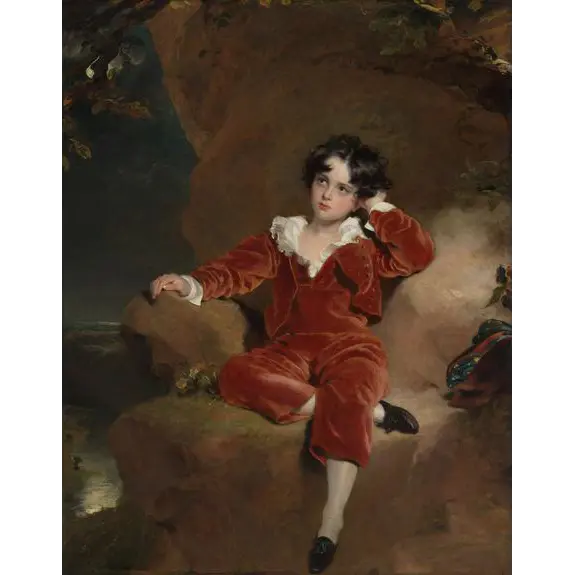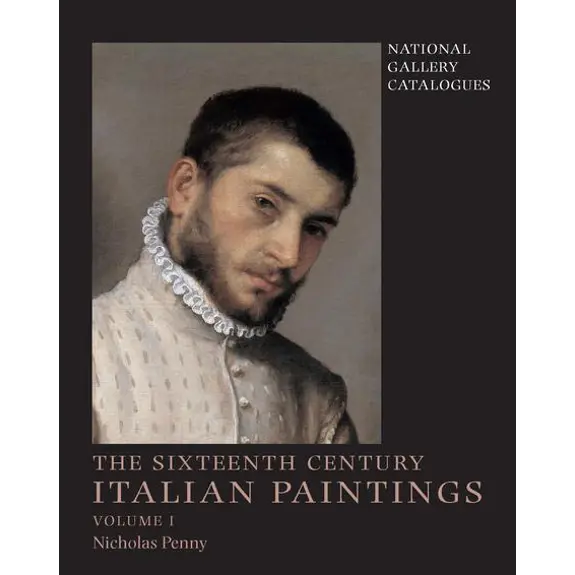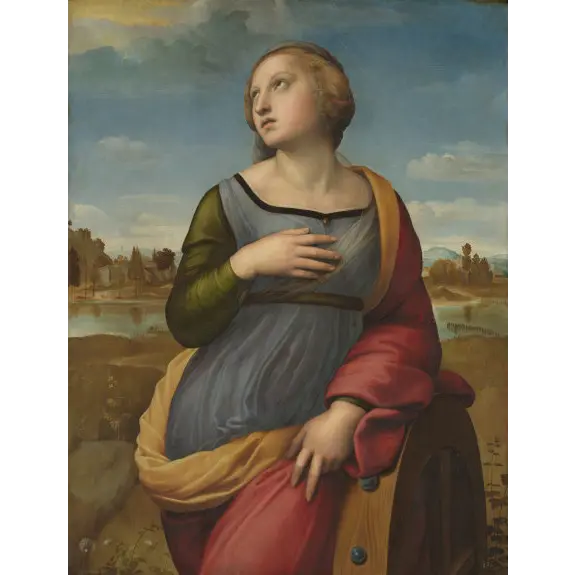
The British Paintings
National Gallery Catalogues
Judy Egerton
London, 2000
Summary
The National Gallery’s collection of British paintings contains some of the most famous and best-loved pictures in the country: Hogarth’s Marriage A-la-Mode series, Gainsborough’s Mr and Mrs Andrews, The Hay Wain and The Cornfield by Constable and Rain, Steam and Speed and The Fighting Temeraire by Turner. Most of these have been on public view for over a hundred years and have become national icons.
In 1824 the National Gallery’s founding collection of thirty-eight works included nine British paintings. By 1897 there were over 500 British works. In that year the Tate Gallery was established as the National Gallery of British Art, whose role was to build and display a representative British collection, and accordingly the majority of works by British artists held in Trafalgar Square have in the intervening years been transferred to Millbank. The National Gallery still makes acquisitions of exceptional interest, the most recent being the tiny but powerful Wall in Naples by Thomas Jones and the life-size portrait of the horse Whistlejacket by George Stubbs.
This catalogue discusses the sixty British pictures in the Gallery in two parts: Constable, Gainsborough, Hogarth, Reynolds, Stubbs and Turner star in Part I, with paintings which are either major works or (like Gainsborough’s amiable John Plampin) have remained ‘at home’ in Trafalgar Square because of their enduring popularity. Part II consists of portraits (including three sculpted busts) of collectors or public servants who helped over the years to create the National Gallery as we know it today. While few of these are great works of art, the National Gallery is proud to retain portraits which reflect the characters and careers of the oddly assorted men who shaped its history. The biographies contain lively accounts of men as different from each other as the absentee clergyman and passionate collector, Reverend William Holwell Carr, and the fiery Layard of Nineveh.
Online extracts from this catalogue
- John Constable, 'The Cornfield'
- John Constable, 'The Hay Wain'
- Thomas Gainsborough, 'Cornard Wood, near Sudbury, Suffolk'
- Thomas Gainsborough, 'Mr and Mrs Andrews'
- Thomas Gainsborough, 'Mr and Mrs William Hallett ('The Morning Walk')'
- Thomas Gainsborough, 'The Painter's Daughters chasing a Butterfly'
- William Hogarth, 'Marriage A-la-Mode'
- William Hogarth, 'The Shrimp Girl'
- Thomas Jones, 'A Wall in Naples'
- Sir Thomas Lawrence, 'Queen Charlotte'
- Sir Joshua Reynolds, 'Captain Robert Orme'
- John Singer Sargent, 'Lord Ribblesdale'
- George Stubbs, 'Whistlejacket'
- Joseph Mallord William Turner, 'Calais Pier'
- Joseph Mallord William Turner, 'Rain, Steam, and Speed - The Great Western Railway'
- Joseph Mallord William Turner, 'Sun Rising through Vapour'
- Joseph Mallord William Turner, 'The Fighting Temeraire'
- Richard Wilson, 'The Valley of the Dee, with Chester in the Distance'
- Joseph Wright 'of Derby', 'An Experiment on a Bird in the Air Pump'
Online biographies from this catalogue
About the text
These catalogue entries are a mixture of new ‘born digital’ entries, and entries from previously published catalogues. A third of the previously published entries were chosen from among the Gallery's most important paintings, and two thirds from paintings that are interesting, but often overlooked.
When converting the previously-published files we have tried to stay as close to the original texts and arrangements as possible, whilst also creating online entries that are self-contained. This means that sections like bibliographies and appendices appear in the individual entry webpage. Bibliographies have been collated from various sources (this is why, for example, individual references may be formatted differently). The way we tag items to add them to lists of references may mean that the hyperlinking of references appears inconsistent – we’ll be working on improving this.
Editorially, we have corrected any known errors. We have also acquired and cleared new images, so credit lines have been updated. Images, which often fell in the middle of running text, have been moved to the next paragraph break. The main image for each entry has been moved to the top. Captions which applied to more than one image have been divided so that each image has its own caption.
Texts remain as they were published. In a few cases an ‘update’ section summarises recent research.


